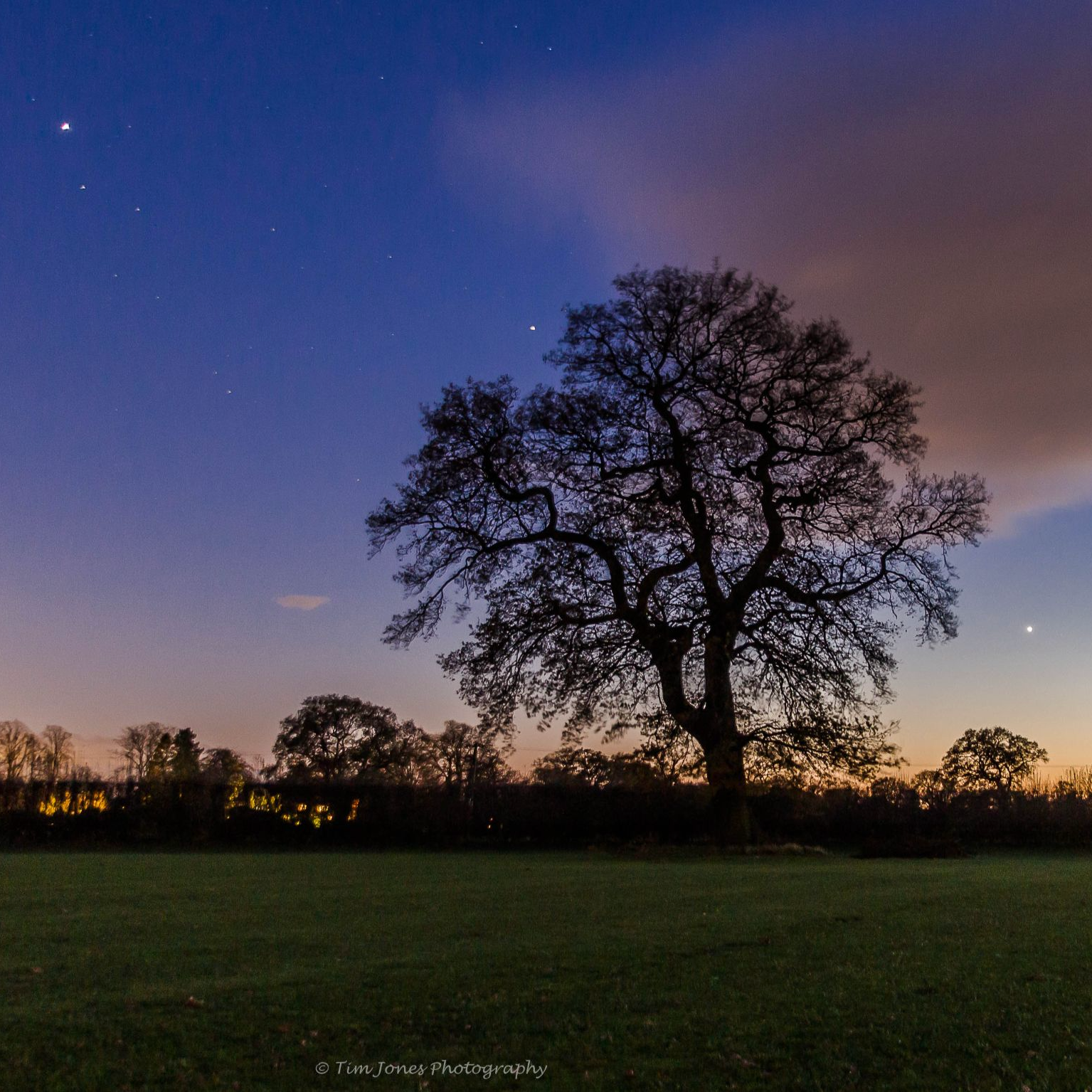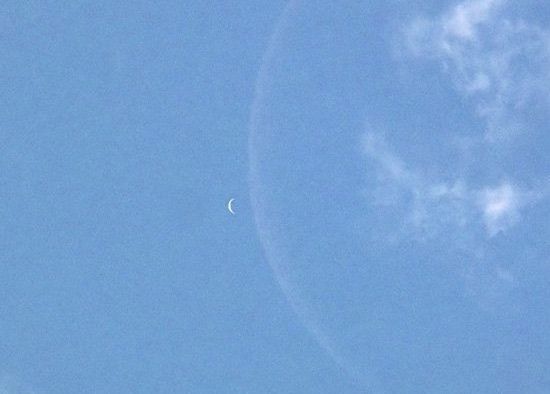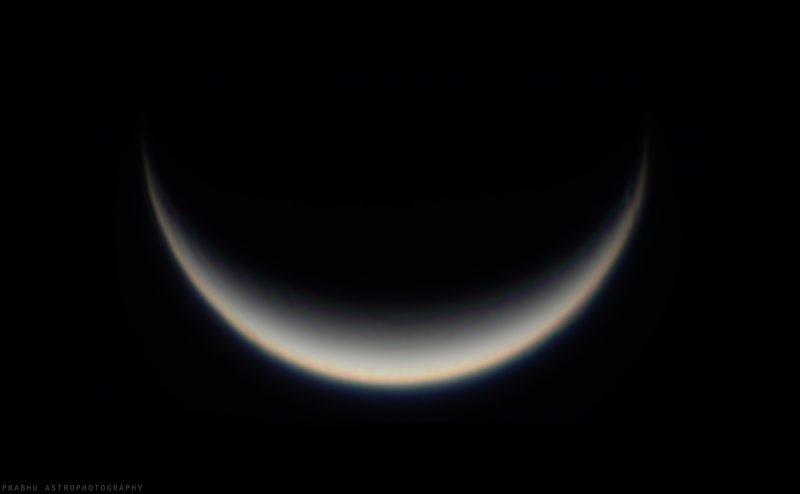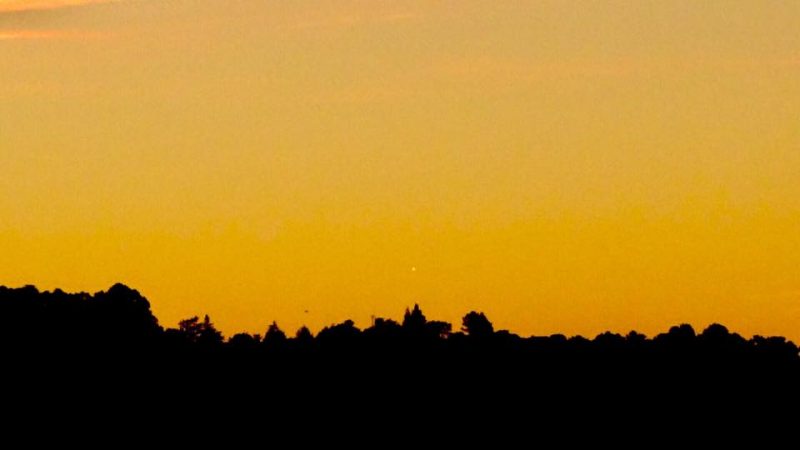How Long Does It Take Light to Travel From the Sun to Venus ?

Why is Venus so bright?
Jupiter is a bright planet, and Mars sometimes gets bright, too. But neither Jupiter nor Mars at its brightest can outshine Venus. Why is Venus so bright?
Our neighboring world – orbiting one step inward from Earth around the sun – is the 3rd-brightest object in the sky, after the sun and moon.
As the planet next-inward from Earth in orbit around the sun, Venus is relatively nearby. But its nearness isn't the only reason Venus is bright. Consider that Mars orbits one step outward from Earth. And Mars waxes and wanes in brightness in our sky. It's only exceptionally bright around the time Earth passes between Mars and the sun, at the same time Mars is closest to the sun. The last time that happened was in 2018. And the next time will be in 2035.
With Venus, something else is going on. Astronomers use the term albedo to describe how bright a planet is in absolute terms. When sunlight strikes a planet, the planet's surface absorbs some of the and reflects the rest. Albedo is a comparison between how much light strikes an object – and how much the objects reflects.
As you might have guessed, Venus has the highest albedo of any major planet in our solar system.
Venus will be brightest in early December 2021. Read about Venus at greatest brilliancy

The blazing albedo of Venus
The albedo of Venus is close to .7, meaning it reflects about 70 percent of the sunlight striking it. When the moon is close to full in Earth's sky, it can look a lot brighter than Venus, but the moon reflects only about 10 percent of the light that hits it. The moon's low albedo is due to the fact that our companion world is made of dark volcanic rock. It appears bright to us only because of its nearness to Earth. It's only about a light-second away, in contrast for several light-minutes for Venus.
Venus is bright (it has a high albedo) because it's blanketed by highly reflective clouds. The clouds in the atmosphere of Venus contain droplets of sulfuric acid, as well as acidic crystals suspended in a mixture of gases. Light bounces easily off the smooth surfaces of these spheres and crystals. Sunlight bouncing from these clouds is a big part of the reason that Venus is so bright.
By the way, Venus isn't the most reflective body in our solar system. That honor goes to Enceladus, a moon of Saturn. Its icy surface reflects some 90 percent of the sunlight striking it.
Enjoying EarthSky so far? Sign up for our free daily newsletter today!

Apparent size of Venus
We mentioned above that Mars is brightest when Earth passes between the red planet and the sun. At such times, Mars is closest to us, and so it appears brightest in our sky. A similar situation occurs for Venus: the planet is brightest in our sky around the time Venus passes between us and the sun, although not exactly at that time.
Because Venus orbits the sun inside Earth's orbit, when it goes between us and the sun its lighted hemisphere, or day side, is facing away from us. At such times, it's difficult or impossible to see Venus at all.
Because it's an inferior planet (one that orbits the sun inside Earth's orbit), we see Venus exhibit phases like a tiny moon as it approaches its time of passing between the Earth and sun. As Venus draws up behind Earth in orbit – and prepares to "lap" us in the race of the planets – observers on Earth can watch as the phase of Venus wanes. Meanwhile, as the crescent Venus in waning in phase, the overall size of the disk of Venus gets larger in Earth's sky, as Venus draws closer to us and prepares to go between us and the sun.
Venus is brightest when those two factors combine – waning crescent, plus largest overall size of Venus' disk – so that the greatest amount of surface area of Venus shows in our sky. Astronomers call this greatest illuminated extent.

Bottom line: Venus is the third-brightest object in the sky, after the sun and moon. That's partly because sunlight is easily reflected by acidic clouds in the atmosphere of Venus.
How Long Does It Take Light to Travel From the Sun to Venus ?
Source: https://earthsky.org/astronomy-essentials/why-is-venus-so-bright/
0 Response to "How Long Does It Take Light to Travel From the Sun to Venus ?"
Post a Comment